Discover how Namib Desert wildlife thrives in extreme conditions – elephants, beetles, plants & more adapt uniquely to survive harsh environments.
GVI
Posted: July 9, 2024

GVI
Posted: May 20, 2022
Costa Rica is known for its long stretches of coastline, volcano viewings and variety of wildlife species. And there are some very unusual animals to look out for in this Central American republic.
If you’re an animal lover, craving an outdoor adventure, and looking to see wildlife that is both weird and wonderful, you’ll count yourself lucky when travelling through Costa Rica. And who knows, you could see any one of these unusual animals.
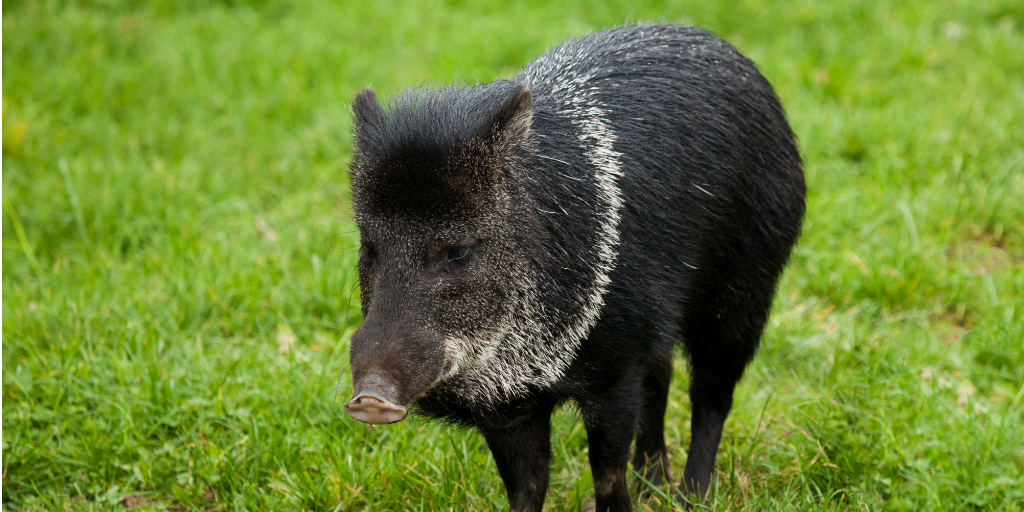
Original photo: “Animal black boar” by PublicDomainPictures is licensed under CC BY-SA 2.0
The collared peccary looks like it could be related to the pig, but funnily enough, these Costa Rican foragers aren’t classified in the pig family at all.
Collared peccaries belong to the family of peccaries, scientifically known as Tayassuidae.
These creatures are largely omnivorous – meaning they feed on both plants and animals – but mostly enjoy nibbling on leafy greens. And this makes Costa Rica a perfect habitat for them.
And because these unusual animal have striking looks and personality traits, they’ve landed some fitting aliases:
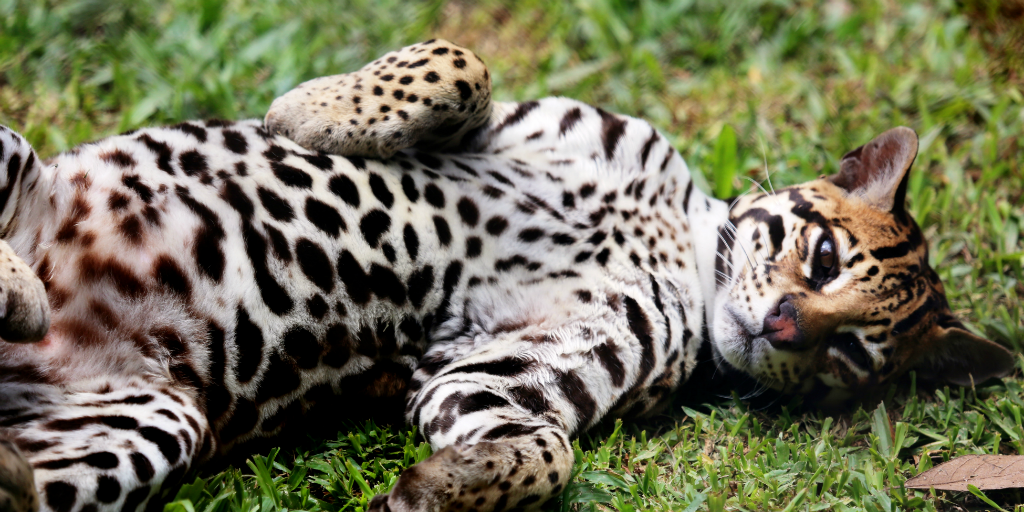
Original photo: ”Ocelot feline animal” by joelfotos is licensed under CC BY-SA 2.0
These felines look like a mix between a leopard and a house cat, and are sometimes known as dwarf leopards. These nocturnal carnivores hunt frogs, turtles, rabbits, mice and fish. They may even prey on monkeys and birds found in trees.
Here are some interesting facts about ocelots:
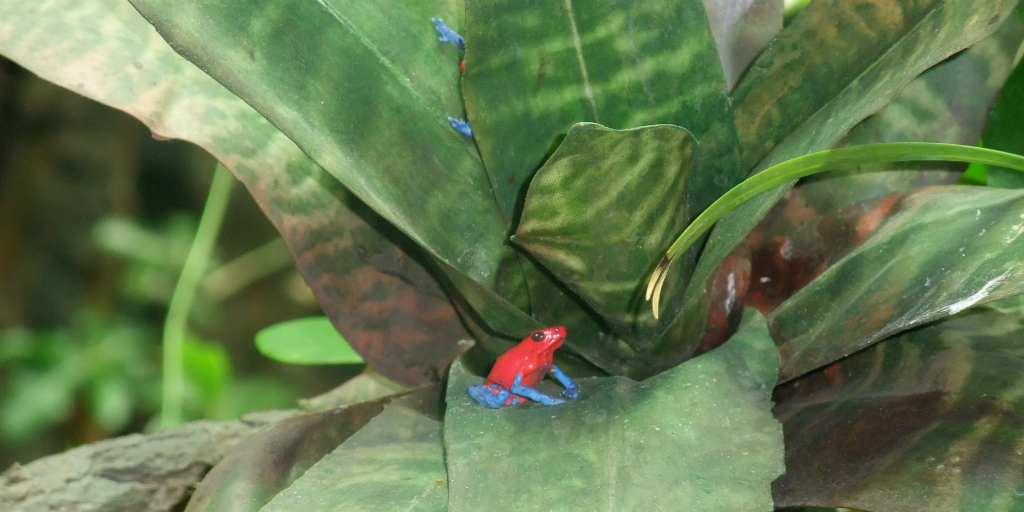
Original photo: ”Frog plant” by kham_me is licensed under CC BY-SA 2.0
This colourful frog has a unique “chirp-chirp-chirp” call that makes it easy to trace (if the bright red colouring doesn’t catch your attention first).
The most common form of this species is called the blue jeans morph. “Morph” refers to its ability to change colour – from red and blue to white with black spots on its back.
These little creatures are toxic and their ability to change colour acts as a warning sign to enemies, warning off potential attackers.
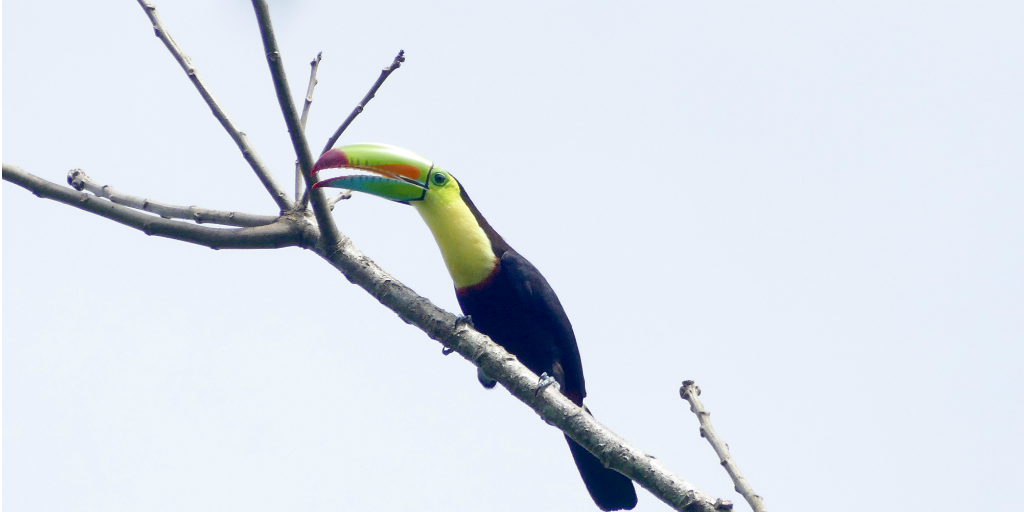
These tropical birds are sociable creatures, usually observed in clocks of three to 12. Toucans have a distinct call, and are usually heard before they’re seen.
Let’s take a look at some facts about toucan bills.
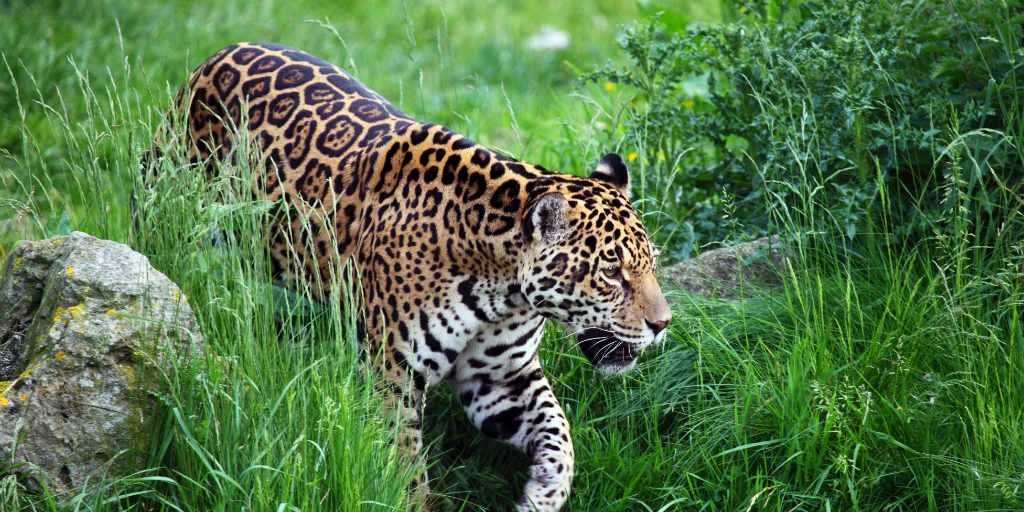
Original photo: “Animal carnivore cat” by PublicDomainPictures is licensed under CC BY-SA 2.0
The 70 languages that make up the South American Tupian languages, all refer to jaguars as “yaguara”, which roughly mean “pouncing killer”.
They are the largest big cats in South America. These majestic mammals are considered endangered due in part to extreme habitat loss through deforestation and hunting. Jaguars are only found in remote areas – such as the Amazon rainforest. If you have ever come across a jaguar in the wild, count yourself lucky, as they aren’t easily spotted.
Interesting jaguar facts:
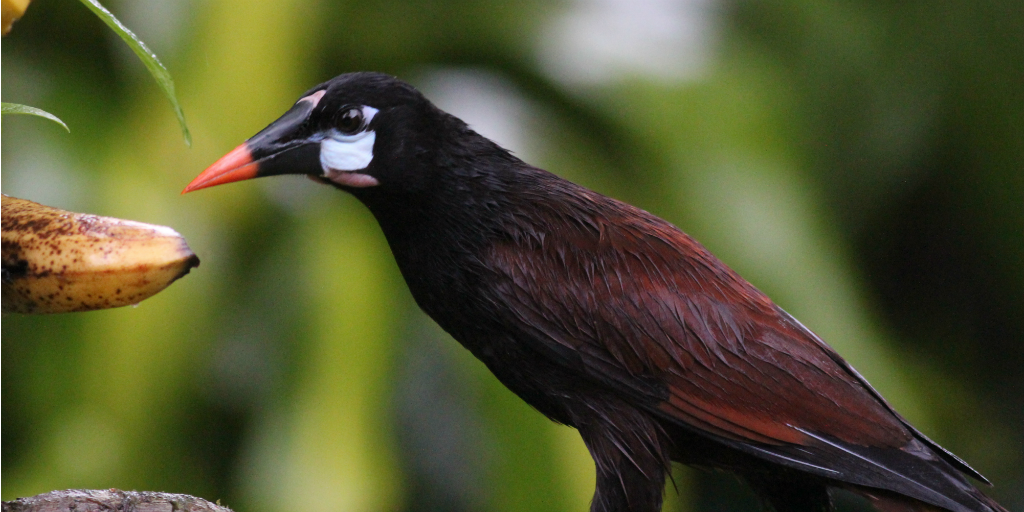
Original photo: “Montezuma Orpendula” by Gary Leavens is licensed under CC BY-SA 2.0
With a name that is almost unpronounceable, the montezuma oropendola’s melodic call sets it apart and forms a big part of its mating behaviour. These feathered creatures live in large colonies of hanging nests. These nests are woven and look like baskets.
How to identify a montezuma oropendola:
Costa Rica has some weird and wonderful wildlife living in its rainforests and jungles.
Unfortunately, some of these animals are or were hunted to the point of near extinction. These animals and their habitats need to be protected.
There are some impactful wildlife conservation opportunities where you can help conserve Costa Rica’s rainforests, and perhaps even spot these unusual creatures.
Grab those binoculars and fine-tune your hearing and listen up as the jungle comes alive!
We understand that you may have questions about how COVID-19 will affect your travel plans. Visit our FAQs page which explains our latest safety protocols in response to COVID-19.
Discover how Namib Desert wildlife thrives in extreme conditions – elephants, beetles, plants & more adapt uniquely to survive harsh environments.
GVI
Posted: July 9, 2024